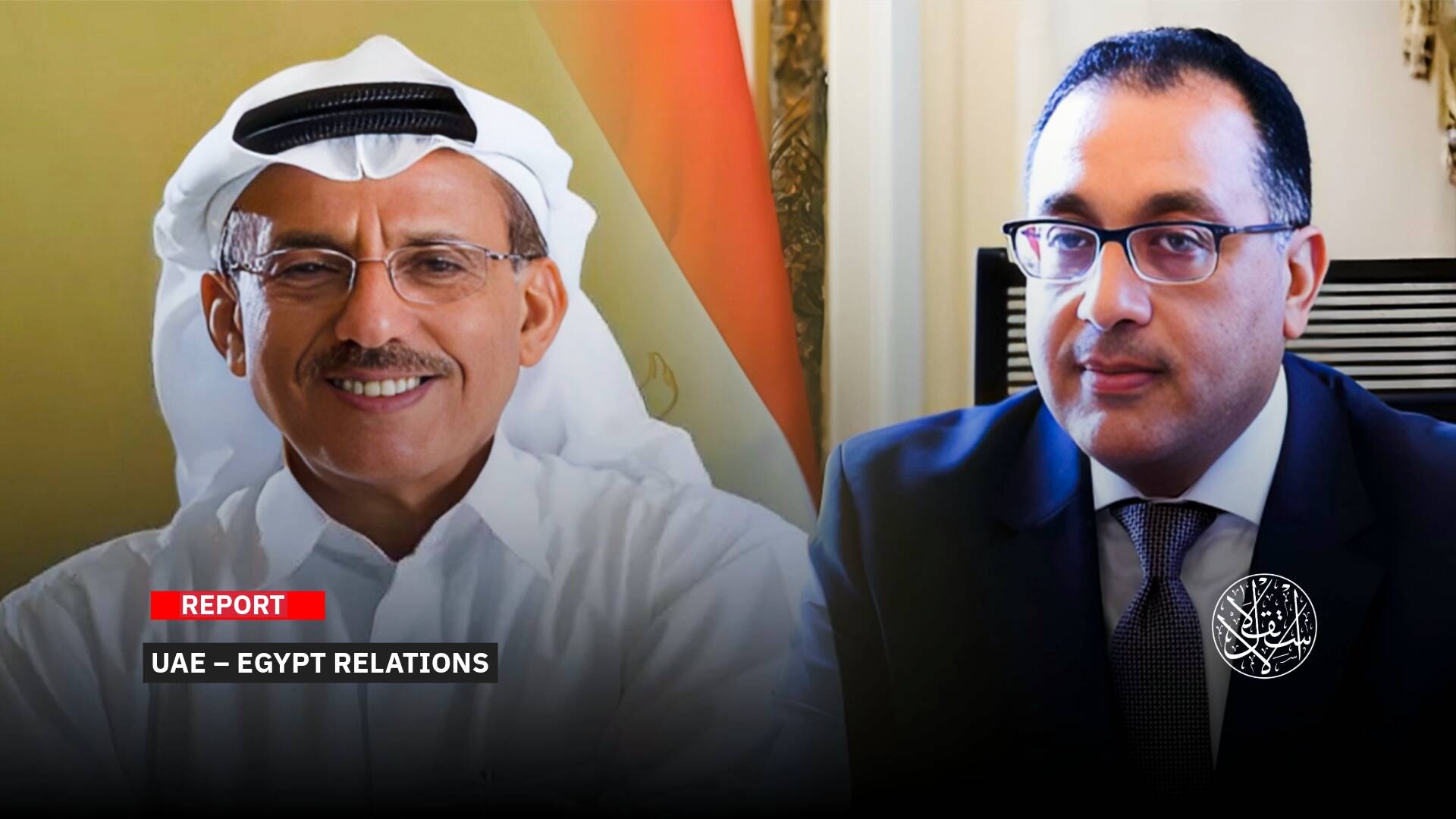“The dream of the Mediterranean”; For These Reasons, Iran Is Rushing to Activate the Railway with Syria
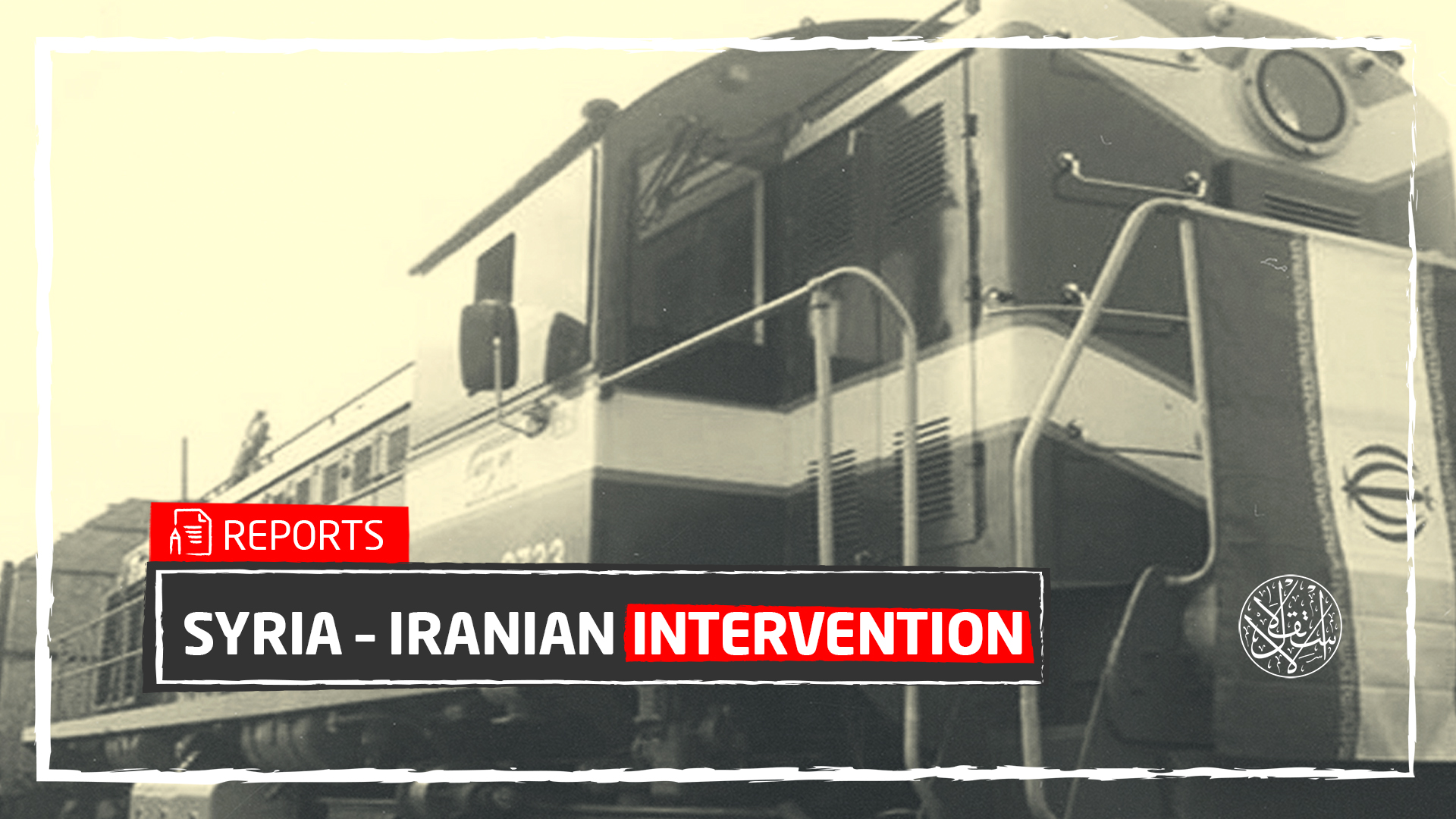
Despite the ambiguity of Iran's role in the rebuilding of Syria, its economic arms are still expanding in the country, especially with regard to the mega projects that are the political and military dimensions.
It was not surprising when Iranian President Hassan Rouhani’s reminder in a speech during the 67th week of meeting for the inauguration of national projects, to the project that links the railway network between the two cities of Shalamjah, which is located southwest of Iran, and Basra, southern of Iraq, all the way to the Syrian city of Latakia on the Mediterranean Sea.
Rouhani described the project as “extremely important”, in the video conference meeting on May 13, 2021, under the slogan “production leap”.
Rouhani, who has no right to contest of the next presidential elections, which will be held in June 2021, considered that “The project will contribute to achieving a major change in the region, and will provide the basis for linking Iran to the Mediterranean”, adding that “the government is following up this project on the political and operational levels”.
The Iranian officials were talking about the rapid implementation of the project, especially since they described it as “one of the largest railways in the world”, and that it would reduce the time of transporting the goods to 3 days only to the Mediterranean, also the goods can be transported by railways from China to Iran.
A member of the Iranian Parliamentary Reconstruction Affairs Committee, Mojtaba Youssefi, estimated the contribution of the project if completed, which its length between Iran and Iraq is 50 kilometers, for facilitating the movement of 20 million passengers annually between the two countries, as well as reducing the costs.
Colonial Projects
Iran's focus on signing agreements and understandings with the Syrian Regime in the post-Syrian revolution era was systematic and intense, to allow it to penetrate into the depth of the future Syrian economy, especially that its investments in Syria before 2011 were not up to the level of mega projects.
But rather they were like small projects, and the most famous of its investments was the opening of the “Sham” car factory in March 2007, which belongs to a Syrian-Iranian company to collect the car parts, as well as some investments in the food industry, and the hospitality sector to receive the Iranian Shiite visitors, for the intention of religious tourism in Syria.
But what revealed Tehran's intentions in Syria were the shocking provocative statements by the Iranian prominent cleric and the head of Ammar Camp for Combating the Soft War against Iran, Mahdi Taib, in February 2013.
Taib's statements caused a big noise to the public opinion, when he described Syria as “the 35th province of Iran”, and he considered that “the loss of Syria is a big loss for Tehran”.
Since then, the dangerous recognition of the Iranian cleric, who held the position of the former commander of the intelligence of the Revolutionary Guards Forces, opened the door in front of confronting the Iranian colonial project in Syria with the follow-up of the Assad Regime.
Iran is seeking to establish a land corridor linking it to the Mediterranean Sea, it is one of the main reasons why it intervened early alongside the Assad's forces since 2012, to suppress the revolution of the Syrian people, and to prevent Bashar from falling, the military intervention gave Tehran an opportunity to expand its militias in the governorates of Daraa, Damascus, Aleppo and Homs.
As well as on the right bank of the Euphrates River which extends from the Deir Ezzor governorate, passing through the city of Al-Mayadin, to the Al-Bukamal area on the border with Iraq, which was adopted as Iran's first gateway to Syria, and the largest stronghold of its militia since the expulsion of State organization from it in late 2017.
This matches the Iranian officials' repeated statements of their telling to the Syrian people: “We are here to stay”.
This is what a member of the National Council of Resistance of Iran, Mahdi Oghbaee, confirmed to “Al-Estiklal” by saying: “Despite the huge losses that incurred the Iranian Mullahs Regime in Syria, and sending it all forms of a huge material and militia support to the hell of Syria, However, it still insists on the interfering in its affairs blatantly”.
Oghbaee revealed that “The Iranian Regime has spent nearly $ 100 billion of the wealth of its people in Syria, to strengthen its interventionist and terrorist policies in the region”.
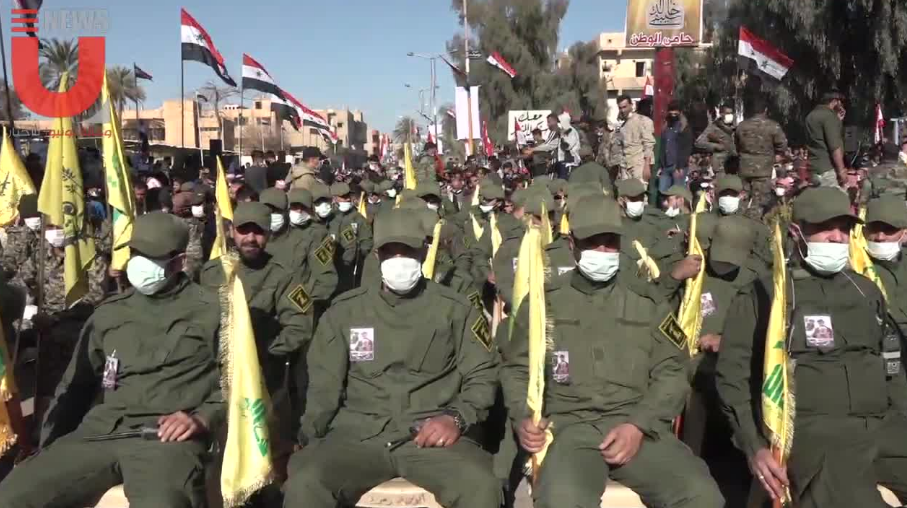
Iranian Dream
For his part, the Syrian researcher specializing in Iranian affairs, Diaa Kaddour, considered “The railway is an Iranian dream, as it passes within countries, which is considered a strategic depth for Tehran and its militias, which are spread along this line”.
In an interview with “Al-Estiklal”, the researcher identified several factors that directly affected the failure to complete the entire railway project.
The first is that the section of the line that connects Shalmaja and the port of Basra, and its length is 32 km has not been fully implemented despite the change of the contracting company.
According to the researcher, “The problems that Iran faced on the Iraqi side related to the issue of territories and reconciliation over them, despite Tehran's guarantee to pay the full expenses of the project”.
The second problem, according to Kaddour, “That Mustafa Al-Kazemi's government in Iraq, it doesn't seem interested in plugging the line, while interested in connecting Iraq to Turkey by railways”.
As for the third and most important problem, namely, “The railway line that connects Al-Bukamal and Deir Ez-zor, and its length is 147 km, only a fraction of it has been accomplished, especially with large corruption operations, and failure to observe the standards for railway structure”.
Diaa pointed out that “The Russian concern over the extension of this railway from Iran to Syria cannot be overlooked, especially that the Iranian officials since 2010 do not hide their intention to extend a gas pipeline adjacent to this railway”.
He considered that “This railway considered as a compensation Iran” for the losses that it has provided to the Syrian Regime, adding: “But in light of the state of no war and no peace that Syria passed through, the project cannot be implemented or applied, especially in light of the presence of American bases in Al-Tanf region, which pose a risk to the extension of this railway”.
The Syrian Regime is relying on the planned railway network to be implemented, being linked with the central Asian networks, which it also linked with China and Russia Railways.
A conversation about linking Iran to Syria by railways dates back to before the outbreak of the Syrian revolution in March 2011, However, President Rouhani instructed in November 2018, for starting to extend a railway from the Shalamjah border crossing to the city of Basra in Iraq, to the port of Latakia on the Mediterranean Sea.
The American “Associated Press” agency described the land corridor as “the biggest prize”, it would guarantee Iran a supply route to transport weapons to its most prominent arm, Hezbollah in Lebanon, in addition to the benefits it will reap economically and politically.
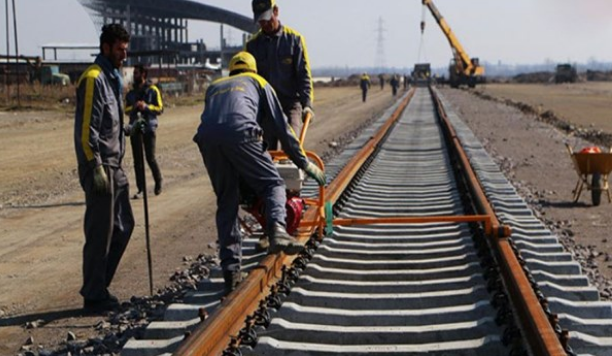
The Shiite Crescent
For his part, the economist, Khaled Tarkawi, considers that the railway project comes within the framework of the Shiite crescent, which Iran has dreamed of for many years, which is the embodiment of linking Iran to Iraq, Syria and Lebanon.
Tarkawi added to “Al-Estiklal”: “That completing the railway guarantees for Tehran a permanent link for all those affiliated with it, through the flow of goods, the ability to discharge, transporting elements and even passengers”.
But whatever the size of Tehran's strategic motives, the hope of the economic returns that the Syrian Regime that mired in international sanctions is expected to reap, greater if the railway traffic starts to rotate.
The economic expert, Turkawi, details this part by saying: “The Syrian Regime will benefit greatly, it will have a guarantee of a permanent supply line, for example, the fuel ships that go out at sea have many obstacles, while the road transport is closer, and the presence of the train constitutes a permanent supply for any commodity needed by the Regime”.
He noted that this project would enable “The export of Iranian goods and products to Syria, Thus, the Assad Regime guarantees the arrival of raw materials, and ensures a smooth trading system from import and export at the same time”.
But it considers that Iran's attempts to ensure a permanent presence in Syria are linked to the American position and are linked to whoever runs the Oval Office, Tehran is running a fourth round of negotiations about its nuclear file with Washington in the Austrian capital Vienna.
US President Joe Biden believes that the Iranians are “serious about negotiating in Vienna”, explaining in a press conference May 7, 2021, that the talks are still continuous, and that the seriousness of the Iranian side depends on their willingness to do what is necessary.
That is why the fate of the railway project “Is linked to the result of the Iranian-American negotiations, and other issues linked to the Caesar Act (US sanctions against the Assad Regime and the collaborators with it), and the relationship and desires of local and external actors”, according to the economist Turkawi.
Since the last stop of the Iranian train is the Syrian coast, and the project dimensions that related to the Israeli-Iranian conflict in Syria, the Prime Minister of the occupation, Benjamin Netanyahu, confirmed to journalists, after his meeting with Russian President Vladimir Putin in March 2017, he stated that the main reason for visiting Moscow is Iran's efforts to ensure a permanent presence for it in Syria.
Netanyahu added at that time: “We see that Iran is seeking to increase its military strength, and strengthening its military infrastructure in Syria, including its attempt to build a sea port in this country”.
And after that, press information was circulated about the Syrian Regime transferring the administration of the port of Lattakia to Iran, it is the most important commercial port in the country on the Mediterranean coast, and this after the surprise visit that Al-Assad paid to Tehran at the end of May 2019.
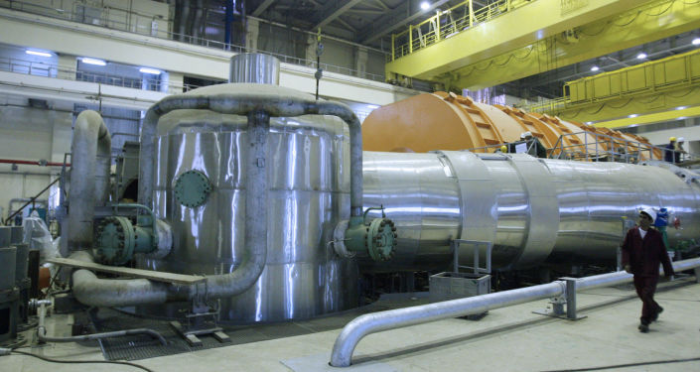
An Economic Outlet
In the context, the railway network interconnection project can be viewed from several aspects, in the foreground, according to what the researcher Muhammad Al-Abdullah at the Omran Center for Strategic Studies sees, that Iran's desperate attempts to subjugate both Iraq and Syria to its vital influence.
In an interview with “Al-Estiklal”, Al-Abdullah stated that this is what is clearly embodied by "Tehran's seeking during the past years to establish land and sea routes for networking with these two countries, which the last of them was the establishment of a regular sea shipping line from the port of Bandar Abbas overlooking the Gulf to the port of Latakia, which will have an important role in the rebuilding phase in the future”.
The researcher went on to say that "the economy is one of the important factors that speeds up the Iranian seek to extend this network, for the circumventing of the US sanctions, which have burdened the Iranian economy, and reduced his foreign trade drastically”.
Al-Abdullah sees that what Iran won from the rebuilding cake in Syria, is the housing and transportation sectors mainly, after most of the strategic projects have gone to Moscow.
That is why - according to the researcher - “Tehran is seeking to exploit this space, and increase its military, economic, cultural and religious penetration, by controlling of the transportation networks”.
Al-Abdullah explained that the most prominent aspect of this investment is “Supporting its militias in the Syrian cities financially and militarily through smuggling networks within these lines, and Strengthening of religious tourism within these cities, including enabling it to spread the Shiite sect”.








